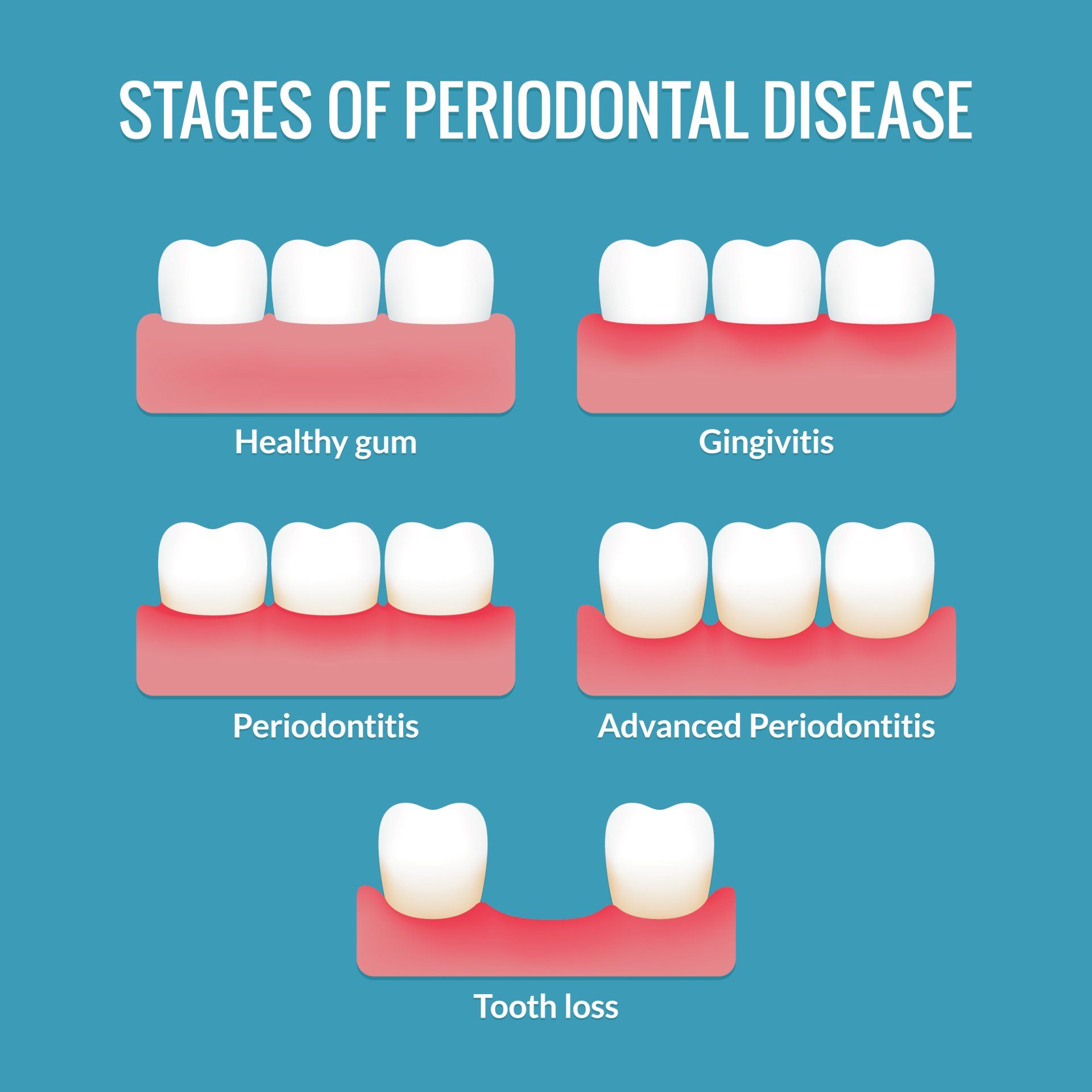Gum Disease Treatment Options
Gum Disease Treatment Options
Maintaining your oral health doesn’t start with your teeth but with your gums. About 20% of Australians have periodontitis, and it often goes undetected. Regularly visiting your dentist for a check-up and cleaning can alert you to complications like gum disease, and can ensure that it doesn’t progress unnoticed. For a healthy mouth, and body, the office Dr. Vikas Bhasin
is serious about helping you combat gum disease by offering the most technologically advanced gum disease treatment available, including LANAP.
Have you noticed that your gums are red and puffy? Do your gums bleed when brushing and flossing? Treating gum disease is paramount to the health of your mouth and body. Please call (02) 4655-3705
for a cleaning and checkup, or email reception@camdendental.com.au.
Why Treating Gum Disease is Important
Gum disease is the leading cause of tooth loss. As bacteria begins to cultivate around the teeth and gums in the form of dental plaque, surrounding periodontal tissue becomes inflamed. This is the beginning stages of gum disease called gingivitis. As the infection worsens, bacteria begin to burrow themselves deep within the periodontal pockets, where they can damage the roots of teeth and surrounding tissue. Eventually, the body’s immune response will start to destroy tissue in an attempt to eliminate the infection, which can weaken the periodontal ligaments that connect tooth roots to the gums. This will eventually lead to tooth loss.
Even more than tooth loss, however, are the negative effects gum disease can have on the whole body. Over a decade of research has found that having gum disease can double to triple your risk of complications like heart disease, diabetes, and Alzheimer’s. For women, it can also increase the risk of pregnancy complications.
Symptoms of Gum Disease
One of the key reasons the American Dental Association suggests visiting your dentist every six months is because, like many oral complications, the symptoms of gum disease begin as subtle changes in your mouth, including:
- Red, puffy-looking gums
- Bleeding when brushing or flossing
- Irritated teeth and gums
Eventually, if left untreated, symptoms can become much worse and more difficult to treat, including:
- Persistent bad breath
- Receding gums
- Loose or shifting teeth
If you’ve experienced any of the symptoms above, it’s recommended that you schedule a dentist appointment as soon as possible.
Improved Hygiene and Regular Checkups
For minor gum disease, gingivitis, treatment is often simple. You can make changes to your oral hygiene routine and step up the frequency of your regular dental visits. This will usually improve the condition.
Traditional Gum Surgery
When gum disease becomes more advanced, surgery has been the typical response in the past. Incisions are made to allow access to the infected areas. Infected tissue is cut away, and the hard deposits along the tooth roots, calculus, are scraped off. Stitches are used to secure the gum tissue in place.
The procedure is traumatic to your gums, and while it can stop infection, it often causes gum recession, sometimes as much as 15 mm.
Treating Gum Disease with Science
At the Sydney Laser Gum Centre, Dr. Vikas Bhasin offers some of the most advanced gum disease treatment available with the LANAP procedure. Short for Laser-Assisted New Attachment Procedure, LANAP treatment can remove tissue infected by gum disease deep within the gums without the use of a scalpel. Using the PerioLase MVP-7, which can be slipped between tooth and gum tissue to clean the periodontal pockets of infected tissue, Dr. Bhasin can help to promote healthy tissue regeneration and reduce infection with less recovery time. There’s less discomfort, and instead of receding gums, you’re more likely to see the regrowth of gums and bone.
Fast becoming a standard, laser dental technology is providing patients with the most efficient gum disease treatment available without the pain and recovery time of traditional treatments. For more information about how Dr. Bhasin
can provide you with the best care possible, please call (02) 4655-3705
or email reception@camdendental.com.au
for an appointment.
Office Hours
Monday: 8 am - 5:30 pm
Tuesday: 8:30 am - 7 pm
Wednesday: 8:30 am - 7 pm
Thursday: 8:30 am - 5:30 pm
Friday: 8:30 am - 5 pm
Saturday: 8 am - 12 pm
Sunday: Closed
COPYRIGHT © 2020 SYDNEY LASER GUM CENTRE | SITEMAP | WEBSITE BY
PRO IMPRESSIONS MARKETING GROUP



